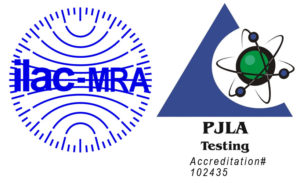A New Technique to Determine Vascular Compliance In Vivo
Mock Artery Compliance
by | NHLBI 1989 | Publications, Compliance
A New Technique to Determine Vascular Compliance In Vivo
James C. Conti, Ph.D., Elaine R. Strope, Ph.D., Donald Rohde, Howard P. Greisler, MD
Presented By: James C. Conti, Ph.D.
NHLBI 1989
There currently is a need for a simple, accurate and reproducible technique to determine the in vivo compliance of arteries and veins.1 The injected volume technique monitors the pressure-volume relationship of an artery, vein or vascular graft and thereby allows an investigator to evaluate the three-dimensional physical properties of these objects. We have used this approach for several years to evaluate vascular grafts and have more recently initiated a series of experiments aimed at modifying hardware to allow for in vivo determinations. A history of the technique will be presented as well as results from these preliminary in vivo experiments. Basically the technique involves the determination of the initial volume of a rod that represents the lumen of the conduit of interest:

A known volume is then injected and the resultant change in pressure noted. The final volume will be:

If the change in length is known, then the new radius will be:
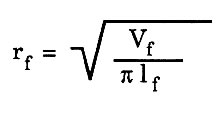
from which the pressure-volume relationship can be calculated. We normalize to a pressure excursion of 100mm Hg. Therefore:

As an example of the technique, the dynamic compliance volume injection system was surgically implanted into proximal and distal sites in a canine carotid artery. Before the tissue between the access sites was disturbed, the compliance of this 8cm segment was approximately 5.5% when normalized to a 100mm Hg pressure excursion. (See data tracing below.) After dissection of the tissue around the carotid and between the access sites, the compliance increased to 6.7%. Dissection of the artery and its resultant release from tissue compression would be expected to result in an increase in arterial compliance, while tissue trauma would be expected to produce vasoconstriction and a decrease in compliance. These results suggest that the effect of tissue decompression on arterial compliance is more significant than any vasoconstriction produced by tissue trauma. Then, after 55 minutes of measuring the same compliance, a bolus of isoproterenol was delivered to the segment. A rapid increase in arterial compliance was noted. It took a few minutes to show maximum effect during which the compliance rose to 16%. Several experiments have been designed to increase the reliability of the technique.
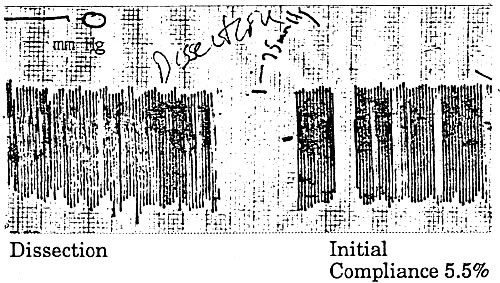
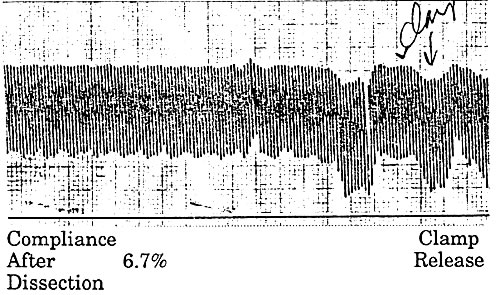
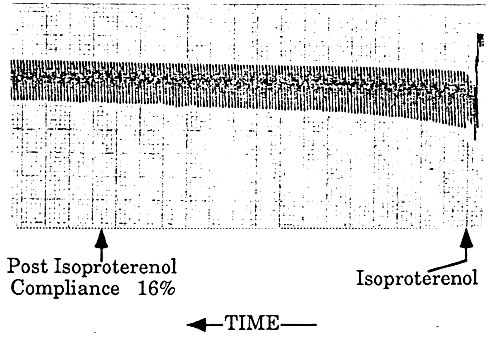
1 Ferguson JJ, Miller MJ, Sahagian P, Aroesty JM, McKay RG, Assessment of Aortic Pressure-Volume Relationships with An Impedance Catheter. Catheterization and Cardiovascular Diagnosis, 1988; 15:27 -36.
James C. Conti, Ph.D. + , Elaine R. Strope, Ph.D. + , Donald J. Rohde + and Howard P. Greisler, M.D.*
+ Dynatek Laboratories, Inc.
* Loyola University of Chicago – Maywood, Illinois
Correspondence to:
James C. Conti, Ph.D.
Dynatek Laboratories, Inc.
PO Box 254 Galena, MO 65656
(417) 357-6611
FAX (417) 357-6327

